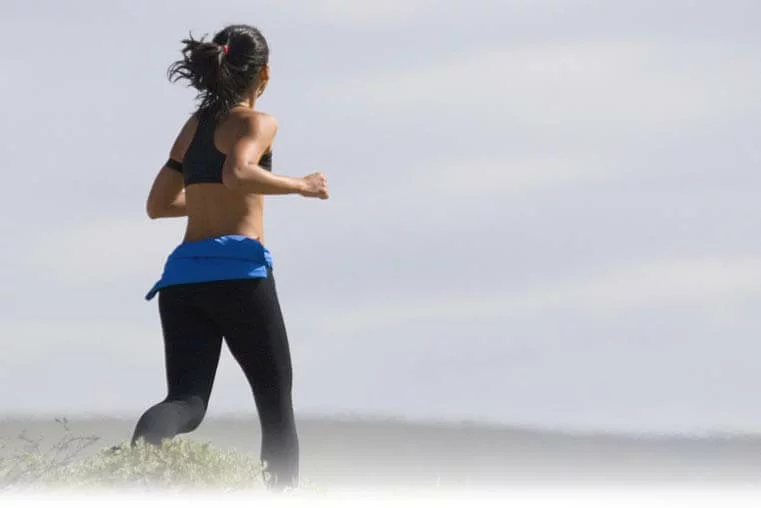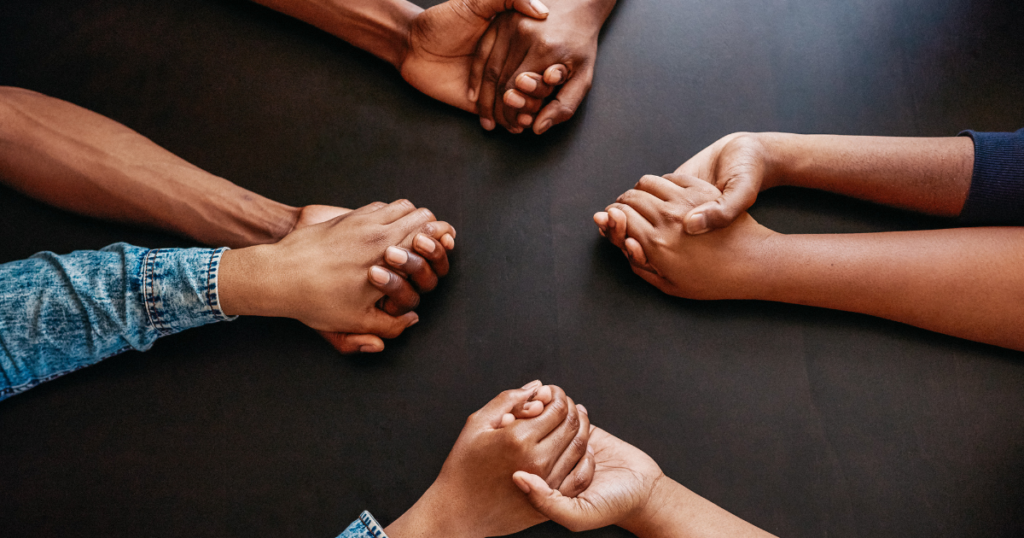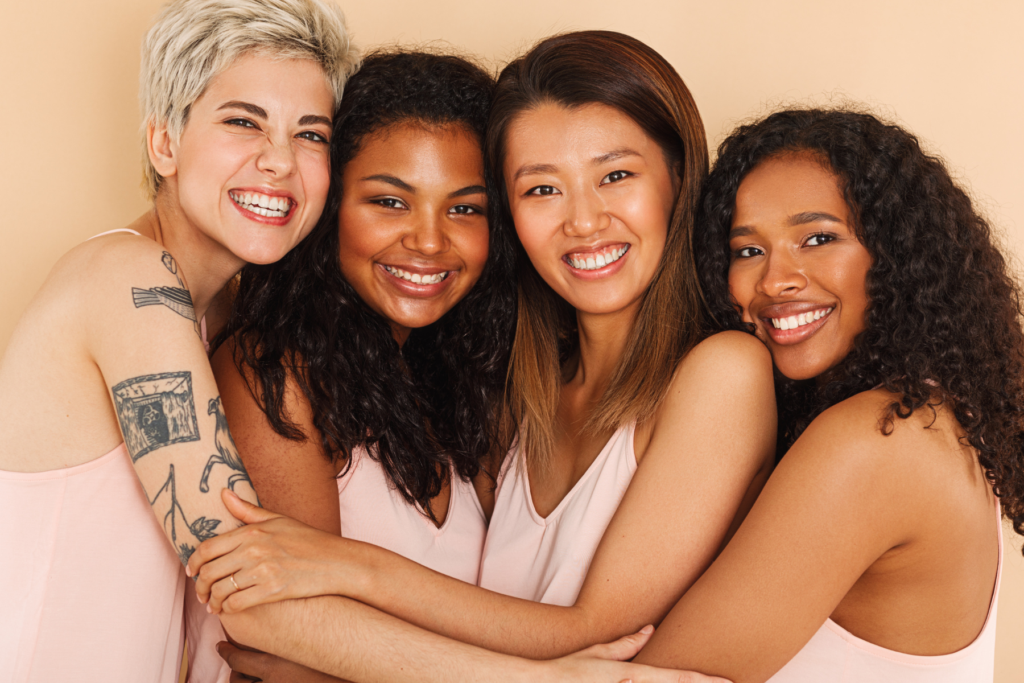Did you know exercise can help relieve fibroid symptoms?
Uterine fibroids are a surprisingly common occurrence among women of childbearing age. And, they can bring an array of symptoms that include everything from cramps to pain during sex to heavy menstrual bleeding, a swollen abdomen, back pain, and pelvic pressure.
There are a number of risk factors and knowing what they are can help you understand your chances of developing uterine fibroids. Some of these risk factors cannot be changed. For example, women older than 30 years of age have a higher risk of developing fibroids and the fibroid pain that goes along with them. African-American women are 2 to 3 times more likely to develop fibroids, as are women whose mother or grandmother suffered from them.
Fibroid Risk Factors You Can Control
There are two fibroid risk factors that are within your control: your diet and your weight. In particular, according to WomensHealth.gov, women who eat red meat and ham develop fibroids more often than women whose diet consists of fruits, vegetables, lean poultry, and fish. According to the MayoClinic.com, fat is linked to elevated estrogen production. Increased estrogen levels can trigger uterine fibroid growth. Overweight women are at a higher risk of developing fibroids, with chances increasing two to three times in obese women. That’s why physicians recommend that women at risk of developing fibroids should do daily aerobic and strength training exercises to reduce stomach fat.
A clinical study found that women who are physically active and athletic are less prone to have uterine fibroids as compared to less active women. Moderate exercise helps keep off the extra pounds, tones stomach muscles and shrinks the waistline. It also decreases fatty deposits, improves the cardiovascular system, lowers cholesterol and reduces high blood pressure. As if that was not enough, exercise also helps to improve your mental outlook and reduces stress. Many women rely on exercise to “keep them sane”.
If you do have fibroids, here are a few specific exercises that can help with pain and discomfort:
Bharadvaja’s Twist can help with fibroid pain
Fibroid pain can often be relieved through yoga poses that open up the stomach. One such pose is called Bharadvaja’s Twist. This pose is performed while seated on the floor with your legs in front of you. You transfer your weight to your right buttock, fold your legs into your left buttock, inhale to help you sit up straighter, and twist your torso to the right. As you twist, you put your right arm behind your left arm. Hold this position for 10 to 15 seconds, then release the stretch.
The Supported Bridge Pose can also alleviate existing fibroid pain
Another yoga pose that can alleviate existing fibroid pain is the Supported Bridge Pose. This pose requires you to lie face up on the floor, with your arms in front of you, palms up. You then lift your buttocks and torso up off the ground. Your legs should follow. Leave just your shoulders on the ground. A rolled up towel between your knees can make holding this pose more comfortable. Hold the stretch for 10 to 15 seconds, then release. Repeat two to three times.
Cardiovascular exercise can help
Cardiovascular exercises are good for burning calories and, therefore, helping you to lose weight. In addition, when you burn fat, you reduce the amount of estrogen you produce, which can slow the growth of fibroids in your body.
Low impact exercises work best for women suffering from fibroid pain, because it reduces the amount of jarring that occurs on the fibroids. Examples of good low impact exercises include swimming, walking, water aerobics, dancing and using elliptical machines.
Ideally, you should exercise at least 3 to 5 times per week for at least 30 minutes. This level of exercise will help you to burn enough calories to lose weight and perhaps get some control over your fibroid pain.
Viva Eve can also help alleviate the symptoms of fibroids
The doctors at Viva Eve have years of experience in the treatment of both uterine fibroids and adenomyosis through Uterine Fibroid Embolization (UFE).
At Viva Eve we are committed to providing high-quality, personalized care for each and every patient we see. We will partner with you to determine the best way to treat your problematic fibroids or adenomyosis.



